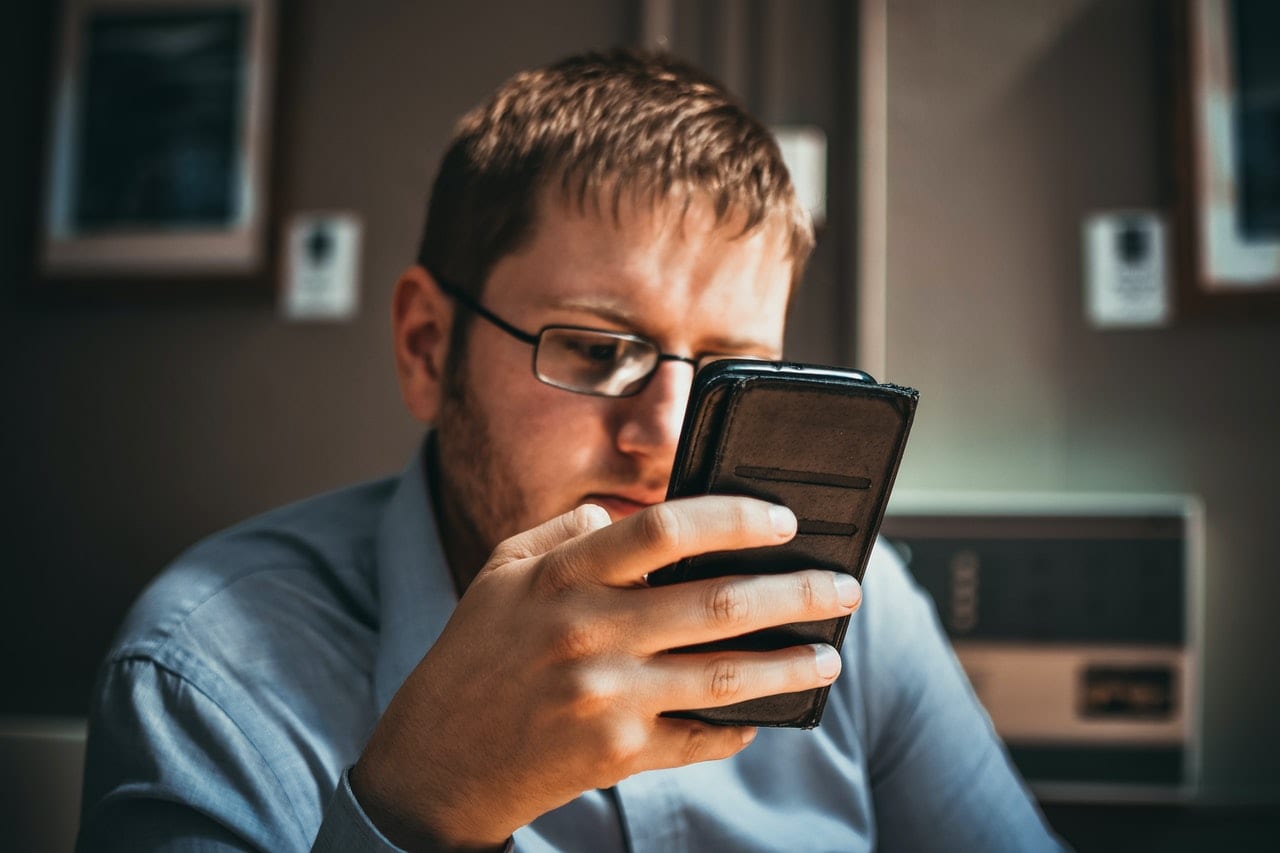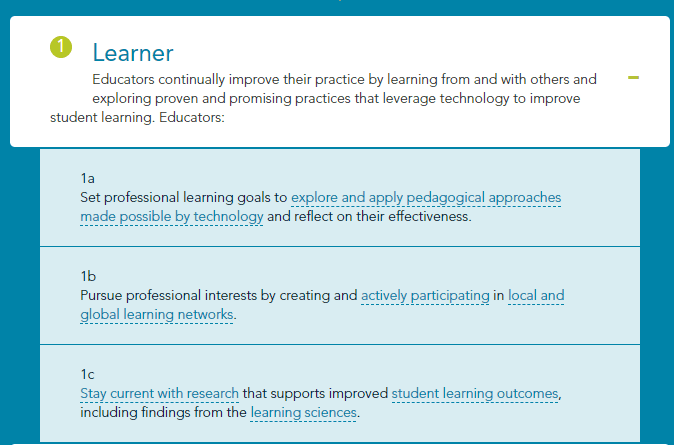I recently came across a tweet that said this:
Are we prepared to consider that technology may be the biggest detriment to students learning to read?
— The Modest Teacher (@ModestTeacher) June 4, 2021
Technology is neutral
The misconception that technology is “the enemy” is a perennial battlefront for people who actually understand what technology really is. It is a claim that is assumed by many–from teachers, to parents, to school leaders, to legislators. The fact of the matter is that technology is ultimately neutral. It can be used to the detriment of learning, whether it’s learning to read, learning algebra, or learning to work as a team. But we have to admit that it can be used to the benefit of learning in every one of those areas, as well. Notice I’ve introduced the word used into the equation. Because technology has been falsely perceived as the hinge of the statement, when in actual fact the word used is operative.
Our perception is most influenced by our experience
Even as the presence of technology in education increases, it seems people are no less able to separate the use of the technology from the presence of technology. This happens in positive as well as negative ways. For instance, the sight of technology in the classroom can generate false perceptions that “great things are happening” just as often as they can evoke false perceptions that “time is being wasted”. It seems that we often settle for cursory judgments, and are very rarely delving into how exactly the technology is being used and what the teacher’s intentions are for students to gain from the use of technology in a particular situation. Part of our perceptions, we must admit, has to do with our own experience of technology. Let’s get a little personal for an example: if we use our phones to play games or watch TikTok videos for hours on-end, we are much more likely to assume that’s the way everyone else is using their phone. While we may be right about some people, I guarantee we’re wrong about others. In fact, the less proficient we are as educators with using technology in beneficial ways, the less capable we are of recognizing good use of it because we simply haven’t conceived of it. And if we haven’t conceived of it, we’re less likely to just “come up with” good uses of technology without experiencing them in others or taking the initiative to develop professionally in the use of technology.
Effective educators are effective learners
To be effective educators, we all have to be effective learners. This is why the ISTE Standards for Educators begins with educators as Learners. As you can see below, this entails being deliberate about our pursuit of leveraging technology in ways that improve student learning by exploring pedagogical approaches, active participation in learning networks, and staying current with research.
Is technology the biggest detriment to students learning to read? I’m going to step up and say no. Is it a detriment? I say yes, it can be–but only when it is used to squander time, avoid text and forgo immersive reading. Does technology allow for this? Yes, because technology can be used for whatever the user wants to use it. The key is helping students understand how to use technology in ways that will ultimately benefit them in regard to specific learning objectives. It is to show students how to use technology to empower learning rather than avoid it. Ultimately, students need to recognize that technology is a means of innovation and opportunity, limited only by our own imagination.1
What we may have to admit in order to make any progress is this: the way we feel and what we say about technology says much more about us than it does about technology.
1K–12 Computer Science Framework. (2016). Retrieved from http://www.k12cs.org

